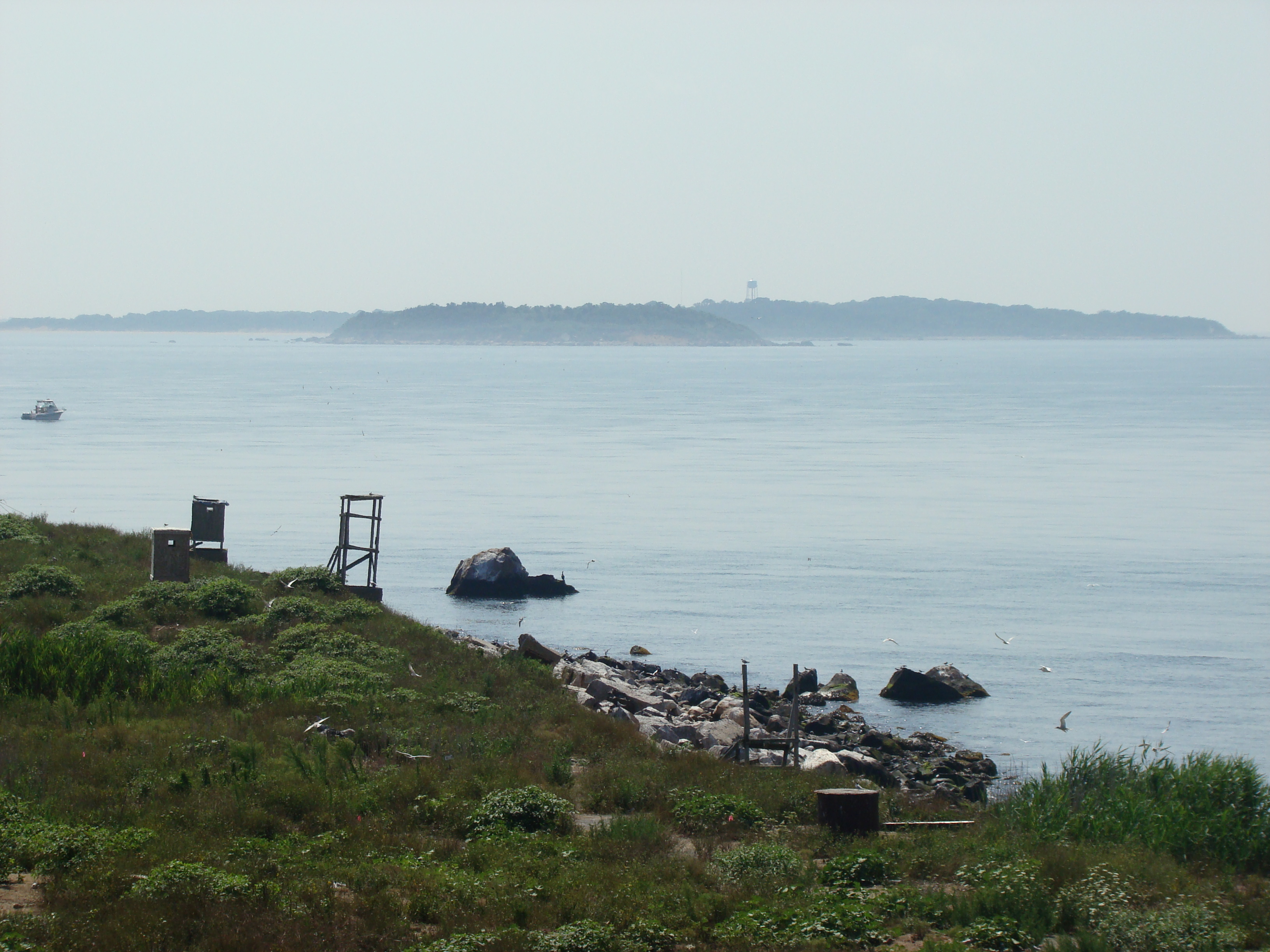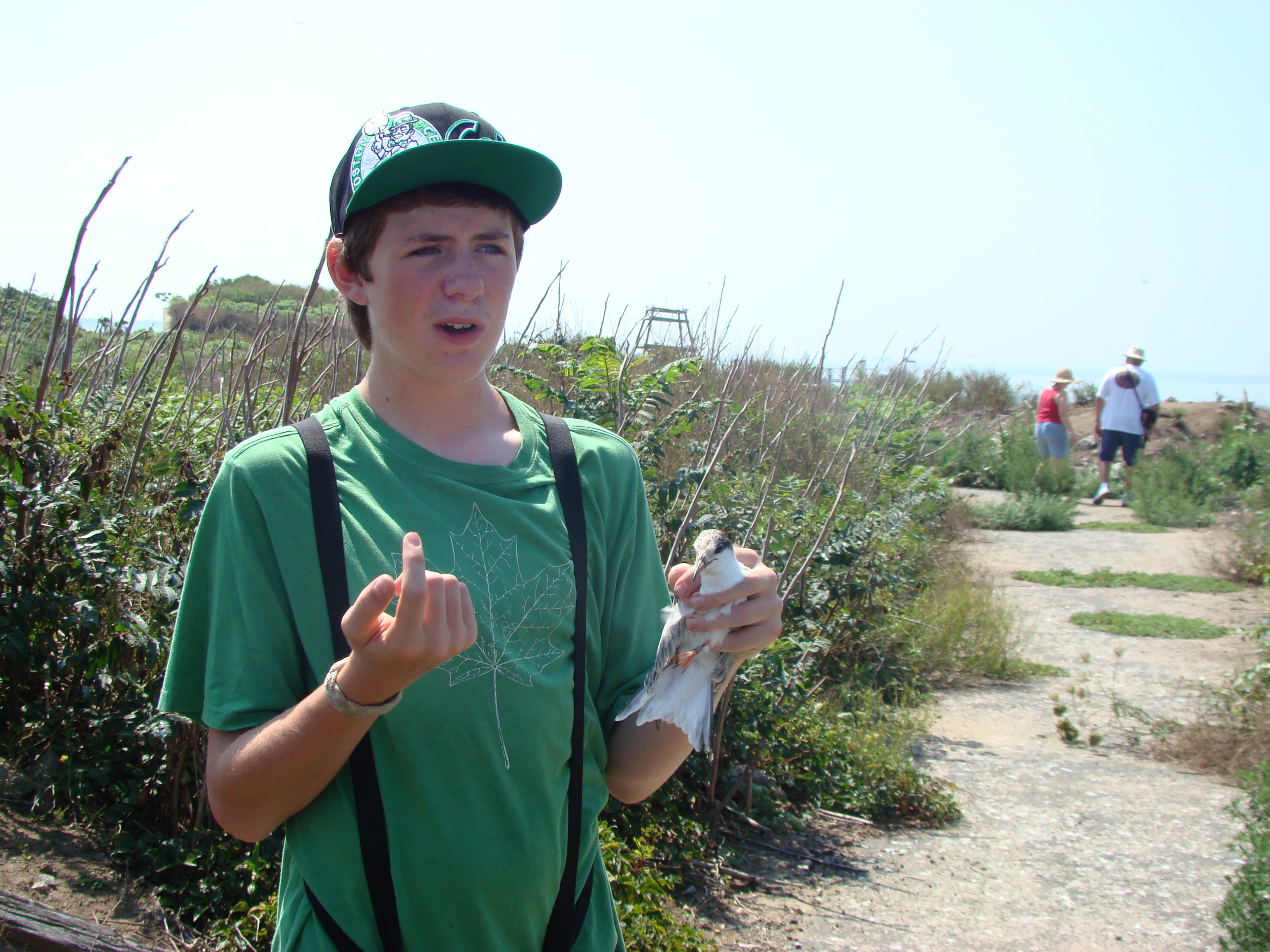Last week, we joined other environmentalists from Connecticut and New York for a visit to Great Gull Island, the larger of the two islands in between Plum Island and Fishers Island.

Great Gull Island is owned by the American Museum of Natural History and lies at the eastern end of Long Island Sound, sandwiched between Plum and Little Gull Islands.


We were greeted by Helen Hays, AMNH’s ornithologist who resides on the island six months a year. Hays is the chairwoman of the Great Gull Island Project, a monitoring study of Common Terns, a threatened species in New York State, and Roseate Terns, an endangered species in the U.S., nesting on the island. According to a recent article by the New York Times, Hays leads a group of ornithologists and volunteers who monitor the bird populations on the island.
“Now, she [Hays] shares the barracks with much younger volunteers, who live communally with Ms. Hays as den mother and taskmaster. After a sunrise wake-up, she dispatches her bird-banding squads to work. There are no escapes to the mainland. Hurricanes and big northeasters are weathered and treasured as opportunities to see rare birds blown in.
Ms. Hays and the others use outhouses, and wash with rain water collected on the island, which lacks running water, plumbing and power lines. Bottled drinking water arrives on the weekly supply boat from Connecticut, which also brings new volunteer field assistants, who may stay a week or two and number up to 25 during the June nesting season.”

Originally the site of an army fort, Great Gull Island is now home to the largest concentration of nesting Common Terns in the world, 9,500 pairs. Additionally, the island is a nesting site for 1,300 pairs of Roseate Terns, the largest concentration of this endangered species in the Western Hemisphere.




Great Gull Island is recognized as part of a Long Island Sound Study Stewardship Site (along with Plum and Little Gull Islands). It is also one of U.S. Fish and Wildlife Service’s Significant Coastal Habitats.
We were so excited to get a look at the island that is usually only open to Hays and her volunteers!
All photos are by Laura McMillan, outreach associate for CFE/Save the Sound who went on the trip to Great Gull Island.
Posted by Rebecca Kaplan, director of communications for CFE/Save the Sound.
